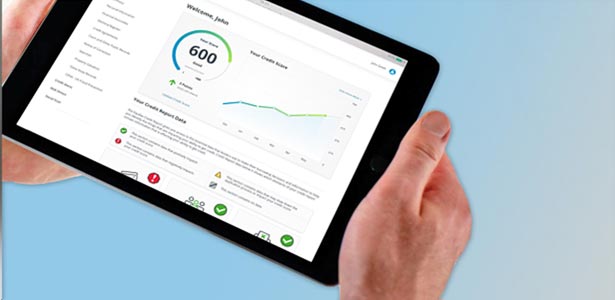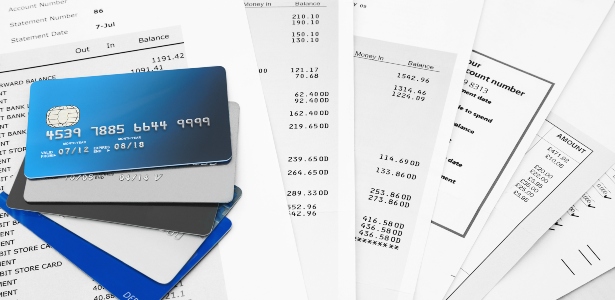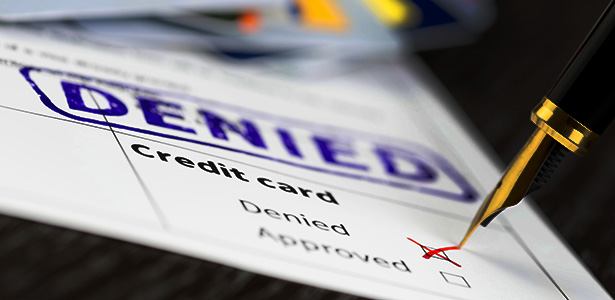In partnership with
Compare Homeowner Loans
If you need to borrow money and own a property, you could use it as collateral with a secured homeowner loan. However, these do carry a repossession risk if you don’t meet repayments. Find out all you need to know and apply below.
Homeowner loan comparison that doesn’t affect your credit score

and many more

What is a homeowner loan?
A homeowner loan is a secured borrowing option where the property you own is used as collateral. This means if you don’t keep up repayments on the lump sum you’ve borrowed, the lender will use your home as a security for the remaining amount.
Also known as second-charge mortgages or home equity loans, they’re a great way for people who own properties to borrow substantial sums of money. They’re also available with repayment terms between one and 35 years long, giving ultimate flexibility.
However, as this type of loan is secured against your property, it could be repossessed by the lender if you don’t keep up with the monthly repayments. Alongside the amount you’ve borrowed, these payments will include interest at a fixed or variable rate. You might also have to pay an arrangement charge or broker fees upfront.
What is a secured loan?
A secured loan is when a lender takes a borrower’s asset as a ‘security’ against the amount of money they’ve lent to them. Lenders can then take possession of this asset if a borrower fails to repay the loan.
As they have this security to fall back on (unlike with an unsecured loan) lenders are often happier to lend higher amounts of money at lower interest rates.
For example, if a borrower’s car is worth £30,000, a lender will loan them up to that full amount and use the vehicle as a security for that money. If a borrower then defaults on their loan repayments, the lender will repossess the car. This loss of assets is the main risk for borrowers taking out these types of loans.
Can I get a homeowner loan with bad credit
If a property owner has bad credit, they can still qualify for homeowner loans. This is because the loan is secured against a valuable asset which the lender can repossess if the borrower fails on their repayments.
However, lenders will consider a borrower’s credit score when deciding how much to lend. So, if you have bad credit, a lender may only offer low Loan to Value (LTV) ratios and high-interest rates. Knowing your credit score will help you understand what loans and terms you’re eligible for.
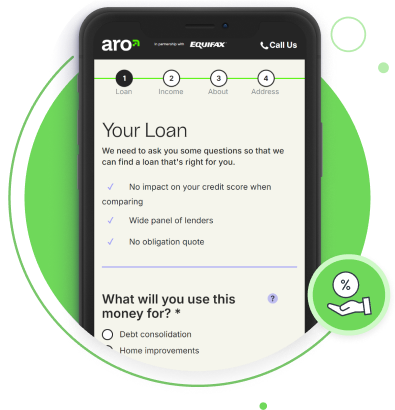
How does a homeowner loan work?
Homeowner loans are available to individuals who own or hold equity in a property. This could include their own home or a buy-to-let asset, for example. Based on the amount of equity you own, the maximum lump sum available to borrow will then be calculated using a loan-to-value (LTV) ratio.
For example, a property you have a mortgage on may be worth £450,000. If you have £200,000 outstanding on this mortgage, you could borrow up to £100,000 from a lender with an LTV of 50%.
Different lenders will offer varying LTV ratios to you depending on a borrower’s personal financial circumstances, such as:
Age
Credit score and history
Existing debts or loans
Employment status
Income and outgoings
Whether the loan is secured against a first mortgage
How much homeowners can borrow will also vary depending on the amount of equity they own, the repayment term (which is usually up to 35 years) and the affordability of any interest charges. If you’re borrowing against mortgage equity, then your existing lender will need to consent to the loan.
Should I get a secured homeowner loan?
To decide whether a secured homeowner loan is right for you, you need to consider the risks and benefits of this borrowing option.
Advantages of a homeowner loan
As lenders have the extra security of holding your property against the loan, there are plenty of pros for borrowers, including:
The ability to borrow more money compared to unsecured loans
Lower interest rates compared to other loan options
Being accessible to individuals with a poor credit score
Long repayment terms of up to 35 years
A high acceptance rate, even for large amounts
Disadvantages of a homeowner loan
However, there are some risks which homeowners need to be aware of before taking out this type of loan, including:
The repossession of the ‘security’ property if repayments can’t be made
The affordability of borrowing large sums of money, particularly if financial circumstances change
Being subject to extra fees such as agreement or early repayment charges
Paying more to lenders overall due to long repayment terms
Budgeting difficulties, with variable interest rates causing fluctuations in the amount you pay each month
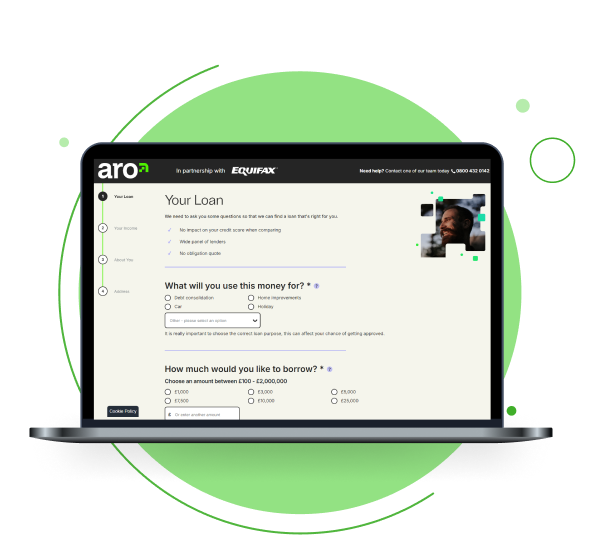
How much does a homeowner loan cost?
The amount a homeowner loan costs borrowers each month will vary depending on factors such as:
The total lump sum you’ve borrowed
The interest rate applied to the loan and whether it's variable or fixed
Length of the repayment term i.e. the longer it is, the lower the monthly payments will be
Any extra fees applied on top of the loan such as valuation, legal consultation and broker charges
Costs will also vary between individuals depending on their personal circumstances and financial history. For example, if you have a low credit score, lenders are likely to apply a higher interest rate to your loan.
What homeowner loan interest rates are there?
Two types of interest rates are applied to homeowner loans: variable and fixed-rate. These are added to borrowers’ monthly payments.
Variable interest rates change (vary) monthly according to a benchmark interest rate. The benchmark for most variable interest rates is the Bank of England base rate. These rates fluctuate based on market forces. As a result, repayments on loans with variable rates will change each month, meaning borrowers pay more back overall.
Fixed interest rates are set at the beginning of the loan term and remain the same for each monthly repayment. This means borrowers know exactly how much they’re paying each month, making budgeting easier. In some cases, fixed rates will be applied for an introductory time period (such as one to five years) before switching to a variable rate.
Paying off a homeowner loan
If you do take out a homeowner loan, your property is at risk of being repossessed. To make your monthly repayments and avoid this, consider the following strategies:
- Make repayments on time: to avoid drops in your credit score and late payment fees, know the date the loan payments are due and mark them in your calendar or set up a direct debit to make sure you don’t miss them
- Budget for these payments: factor the repayments into your monthly outgoings and consider if you need to cut costs elsewhere to avoid going into debt
- Save any windfall: if you get any cash gifts or unexpected reimbursements, save these to make sure you can always make your loan repayments
- Consider early repayment: though you may be charged extra for doing so, paying off your loan early could save you more in the long term, so running the calculation is worthwhile
Applying for a homeowner loan
The first step to finding a homeowner loan is comparing deals from different lenders to get the most affordable, cost-effective option. You should also consider the terms of each option to ensure they meet your needs. For example, a deal may have lower monthly repayments but be a longer term, which might not suit you.
To compare deals and complete your application you’ll need the following details:
- Proof of ID and address (usually lenders need copies of two forms of documentation)
- Proof of equity ownership, this could be your mortgage certificate or another financial agreement
- Three months’ worth of financial statements to prove your monthly income and outgoings
- Payslips, job contracts or self-assessment tax returns to prove employment status
Want to know more about loans?
You can find more information in the following articles:
Frequently asked questions
Comparing this figure when looking at different loan options will help borrowers understand their affordability. For example, a longer-term loan may have cheaper monthly repayments but a higher total amount payable than a short-term loan.

